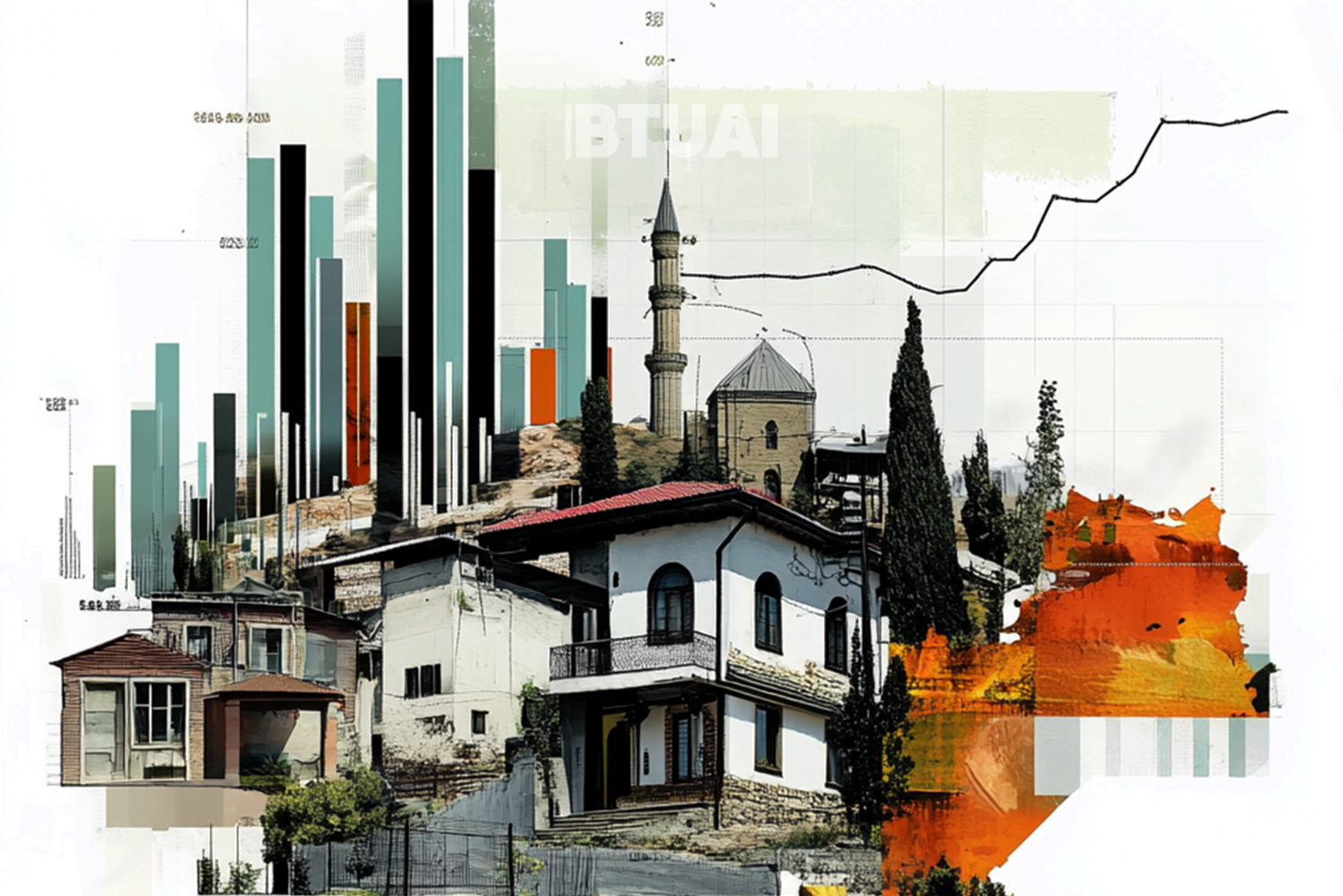Tbilisi Real Estate Market: Price Dynamics and a New Reality
The real estate market in 2024 remained highly active, with housing prices rising significantly in both old and new

The real estate market in 2024 remained highly active, with housing prices rising significantly in both old and new developments. However, the surge in prices is not solely driven by inflation and increased demand—Tbilisi’s real estate sector is undergoing complex economic, social, and urban transformations, making its dynamics even more diverse and unpredictable.
According to a recent Colliers report, a total of 41,284 residential apartments were sold in Tbilisi in 2024, marking a 2% increase compared to the previous year. However, the total market volume grew by 12%, reaching $2.8 billion, indicating not just a rise in transaction numbers but also a significant increase in real estate prices, especially in the second half of the year.
Uneven Price Growth Across Different Areas
Real estate price increases have not been evenly distributed across the city. The 2024 study showed that average prices for old apartments rose by 13% in suburban and semi-central districts, while in central areas, the increase reached 15%.
What drives these differences?
- Limited supply in central districts – In historic neighborhoods, where new construction is difficult, supply is naturally constrained, creating a shortage that pushes prices higher.
- Transformation of suburban areas – Outskirts like Dighomi, Gldani, and Samgori are rapidly developing, with new roads, metro projects, and commercial infrastructure, making these areas more appealing to buyers and driving demand for apartments.
- Migration and international influences – Since 2022, the number of foreigners relocating to Georgia has increased, further boosting demand and pushing property prices upward.
Throughout 2024, apartment prices showed consistent growth, but fluctuations were still noticeable. At the beginning of the year, the average price per square meter in Tbilisi was $1,025 in January—the lowest point of the year. By November, this figure had reached $1,115, marking the annual peak. In December, the average price settled at $1,110, representing an 8.2% increase from $1,018 in December 2023.
Old vs. New Developments: A Comparative Look
Historically, old and new apartments have served different segments of the market. However, 2024 saw price increases in both categories:
- Old apartments: The average price per square meter in December 2024 was $1,211, a 19.5% increase from $1,013 in December 2023.
- New developments: The price per square meter rose to $1,087, reflecting a 6.5% increase from $1,020 in the same period of 2023.
Why Are Old Apartments Gaining Value Faster?
- Investor interest – Old apartments are often better located, making them more attractive for rental investments.
- Limited supply – Unlike new developments, old buildings cannot be replaced easily, which keeps demand high.
- Gentrification – Certain older districts are undergoing modernization, adding further appeal.
In contrast, new residential projects are expanding rapidly, increasing supply and moderating price growth compared to old properties.
What’s Next for Tbilisi’s Real Estate Market?
Although prices are expected to continue rising, the growth rate may slow down due to several key factors:
- Global economic stability – If the global economy remains stable, foreign investments in Georgia’s real estate sector will continue.
- Local demand and affordability – Georgian buyers’ purchasing power will also influence price trends. Higher loan interest rates could reduce demand.
- Supply-side factors – The introduction of new projects, regulatory adjustments, and infrastructure expansion could help balance supply and demand.
Conclusion: Market in Transition
2024 was a pivotal year for Tbilisi’s real estate market—on one hand, rising demand and global influences drove apartment prices up, while on the other hand, the market is gradually entering a new phase, where price increases may stabilize.
Key drivers of price growth included limited supply in central districts, suburban development, and global market influences. At the same time, the price gap between old and new projects remains significant, shaping investment strategies and buyer preferences.
The market remains on an upward trajectory, but in 2025, we might see a more cautious pace of growth, influenced by economic stability and banking sector policies.




